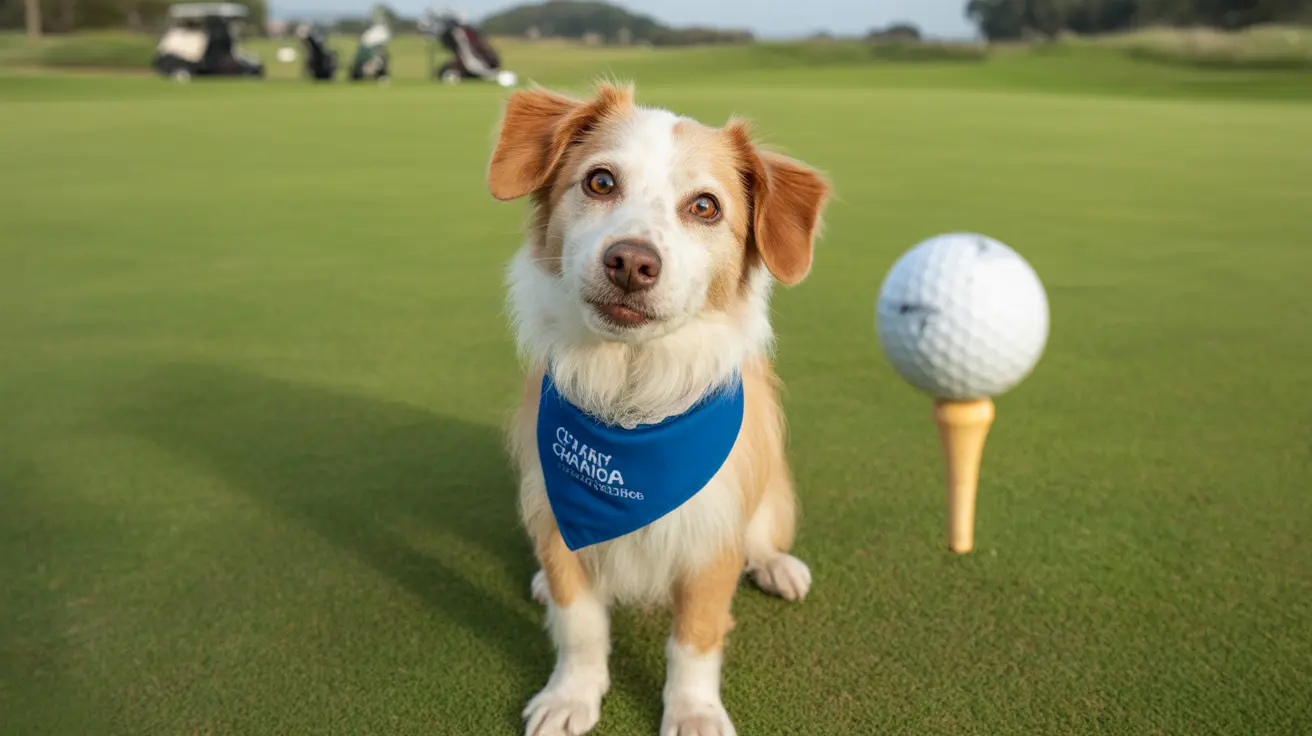Why Dogs Should Be Cautious with Seafood
Seafood is a popular protein choice for humans, but when it comes to our four-legged friends, things can get a little tricky. Many dog owners wonder whether it's safe to feed seafood to their pets. While some types of seafood can be beneficial, others can pose serious health risks. This article explores the reasons why dogs can't—or shouldn't—have certain seafoods, what types are safe in moderation, and what dangers to watch out for.
Potential Hazards Found in Seafood
- Allergic Reactions: Just like humans, dogs can be allergic to shellfish and other types of seafood. Symptoms may include itching, swelling, vomiting, or even anaphylaxis.
- Heavy Metals and Toxins: Some seafood, especially larger species like tuna, may contain high levels of mercury, which can be toxic to dogs when consumed regularly.
- Parasites and Bacteria: Raw or undercooked seafood can carry parasites and bacteria like salmonella or listeria, posing a threat to a dog's health.
- High Sodium Content: Many processed seafood products contain salt and preservatives, which can lead to sodium ion poisoning in dogs.
- Choking Hazards: Fish bones are brittle and can splinter, potentially causing esophageal tears or blockages.
Safe Seafood Options for Dogs
If you decide to share seafood with your dog, it’s important to choose the right types and prepare them properly. Here are some safer choices:
- Salmon: Cooked, boneless, and plain salmon is rich in omega-3 fatty acids and can benefit your dog's coat and joints.
- Sardines: These small fish are low in mercury and packed with nutrients, making them a safer option when offered in moderation.
- White Fish: Cooked cod, haddock, or pollock can be good protein sources, provided they are plain and deboned.
Seafood to Avoid
- Shellfish: Shrimp, crab, and lobster can trigger allergic reactions and sometimes contain toxins.
- Raw Seafood: Never give your dog raw fish, as it can harbor parasites and harmful bacteria.
- Tuna: Often high in mercury, tuna should be avoided or given rarely and in very small portions.
Signs of Seafood Poisoning in Dogs
Being aware of symptoms related to seafood toxicity can make a critical difference. Watch for:
- Vomiting
- Diarrhea
- Lethargy
- Itching or swelling
- Lack of appetite
- Muscle tremors or disorientation
Proper Ways to Introduce Seafood
- Consult Your Veterinarian: Before introducing seafood, ask your vet whether it's safe based on your dog’s breed, health, and dietary needs.
- Use Small Portions: Start with a tiny amount and observe your pet for allergic reactions or gastrointestinal upset.
- Cook Thoroughly: Cook fish fully and ensure all bones are removed. Avoid seasoning, butter, and oil.
Conclusion
While not all seafood is harmful to dogs, it's clear that many types come with risks. When offering seafood, prioritize safe options, monitor your pet closely, and serve it in moderation. As always, check with your veterinarian to ensure you’re making the best dietary choices for your furry companion’s health.





